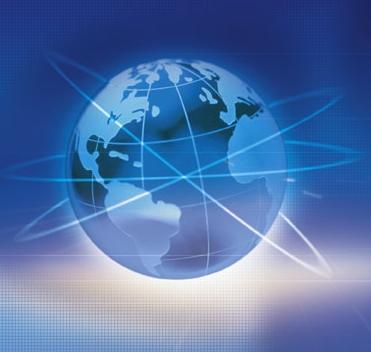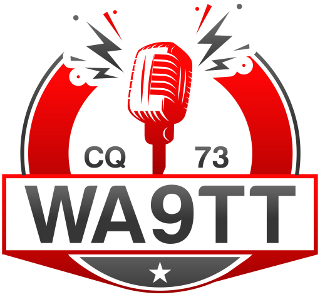
 WA9TT Amateur Radio Station
WA9TT Amateur Radio Station
Research Articles
|
Car Radio History
|
The evolution of the car radio, first introduced in 1922. Reference courtesy of Dylan.
|
|
Clean Power Supply
|
Examining the voltage accuracy of DC power supplies.
|
|
FSQ with Fldigi
|
How to set up Fldigi for FSQ operation.
|
|
Great Circle Route
|
Proper determination of beam heading.
|
|
Image Quality
|
Calculating SSTV image quality.
|
|
Measuring Mighty Fine Junk
|
Evaluating the accuracy of MFJ's attenuator.
|
|
RX Frequency Calibration
|
Evaluating the accuracy of ham receiver frequency calibration.
|
|
Seeking SNR
|
An exploration of techniques to improve SNR, hence Rx effectiveness.
|
|
Sky Noise
|
How noise power is determined from sky Temperature, bandwidth and the Boltzman constant.
|
|
S-Meters
|
A study of gross inaccuracies with ham receiver S-meters.
|
|
SSTV Transmission Methodolody
|
Description of how an SSTV signal is encoded for transmission.
|
|
Soldering PL-259 Plugs to Coax
|
An effective way to solder.
|
|
Wolf River Dipole Effectiveness
|
A comparative study for a prototype Wolf River rotatable 40 meter dipole.
|
Wordsworth CW
|
|
|
|
|
|
|
|
|
|
|
|
|
|
|
|

Step #2 is to insert the lat/long for station B, and then each station should find the best beam heading to indicate maximum strength of the offending signal and insert in the table (180 is defaulted).

Now for Step #3, copy the resulting longitude, latititude Intersection Point data into the Latitude & Longitude boxes below, and then click on "Search."
Be sure to separate the degrees, minutes and seconds by spaces, and lead each appropriately with an "N" or "W" as in the example with my QTH inserted.

Step #4: Once the general area of the country is found, you may wish to look for local hams who might be able to help take the investigation a step further. You can do so via Reverse Call Sign Look-up
from the US FCC data base.

Technical notes: The geometric formulas are calculated on the basis of a spherical earth, ignoring ellipsoidal effects. This is accurate enough for first approximation of a distant ham station. The earth is very slightly ellipsoidal. Using a spherical model gives errors typically up to 0.3%.